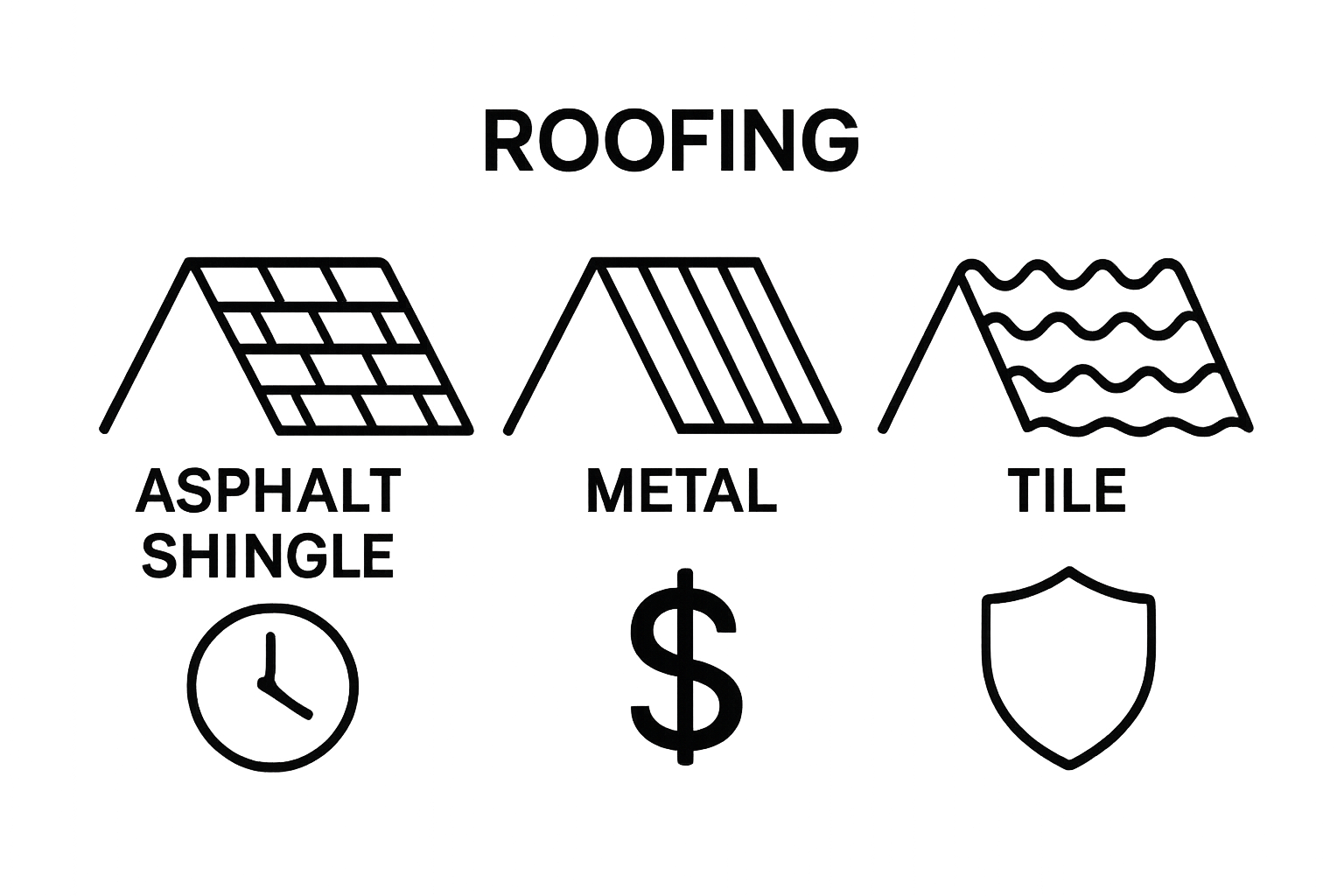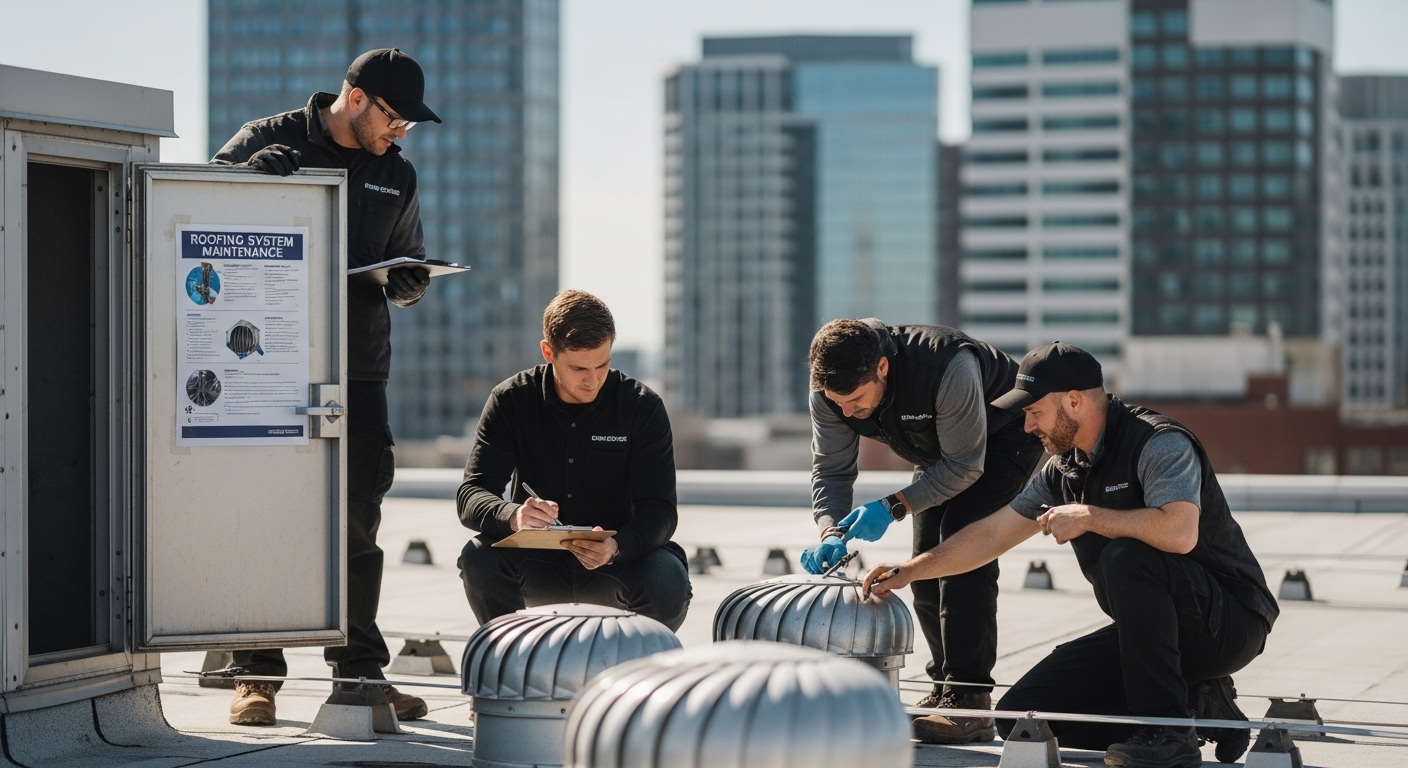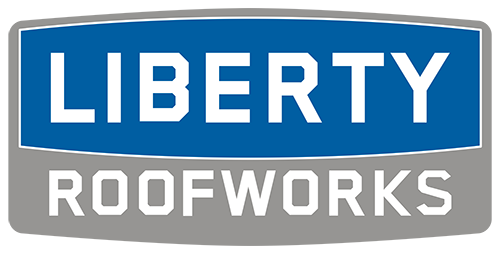A solid roof does a lot more than just cap off your house. Think about this: the typical residential roof actually consists of up to five distinct layers, each with a critical role in waterproofing, insulation, and structural support. Most folks see shingles and call it a day. Yet beneath that surface lies a complex system engineered for maximum safety and performance. Wait until you see what is really protecting your home overhead.
Table of Contents
- Defining A Roofing System: Key Components Explained
- The Importance Of Roofing Systems For Safety And Protection
- How Roofing Systems Function: Materials And Design
- Common Types Of Roofing Systems And Their Benefits
- Understanding Roofing System Maintenance And Lifespan
Quick Summary
| Takeaway | Explanation |
|---|---|
| Roof systems are multi-layered assemblies. | They consist of components like the roof deck, insulation, and waterproof membranes working together to protect buildings. |
| Regular maintenance extends roof lifespan. | Conduct biannual inspections and timely repairs to prevent costly replacements and enhance durability. |
| Roofing design must consider environmental factors. | Climate conditions and architectural designs significantly influence material selection and overall system performance. |
| Invest in high-quality roofing materials. | Quality materials lead to better performance and long-term cost savings, protecting structures from environmental damage. |
| Different building types need tailored roofing solutions. | Each structure requires a specific roofing approach based on its design, climate, and usage to ensure effectiveness and durability. |
Defining a Roofing System: Key Components Explained
A roofing system represents far more than just the visible top layer of a building. It is a sophisticated, engineered assembly designed to protect structures from environmental elements while providing critical thermal and structural performance. Understanding the comprehensive nature of roof systems requires examining its intricate components and interconnected functionalities.
Core Components of a Roofing System
Every roofing system consists of multiple layers that work together to create a robust protective barrier. These fundamental components include:
- Roof Deck: The foundational structural layer that supports all other roofing materials
- Insulation: Materials that regulate temperature and improve energy efficiency
- Waterproof Membrane: The primary barrier preventing moisture penetration
- Vapor Barrier: A critical layer preventing internal moisture migration
- Drainage Elements: Structures that direct water away from the building
Functional Interdependence of Roofing Elements
The effectiveness of a roofing system depends on how seamlessly these components interact. Each layer performs a specific function while simultaneously supporting the performance of adjacent components.
Below is a table summarizing the core components of a roofing system and their main functions to clarify how each part contributes to overall protection.
| Component | Description | Primary Function |
|---|---|---|
| Roof Deck | Foundational structural layer supporting other roofing materials | Provides structural support |
| Insulation | Material layer regulating temperature and energy efficiency | Reduces thermal transfer |
| Waterproof Membrane | Main barrier against moisture penetration | Prevents water infiltration |
| Vapor Barrier | Layer preventing internal moisture migration | Controls vapor and condensation |
| Drainage Elements | Structures guiding water safely off the roof | Directs water away from building |
| The roof deck provides structural integrity, insulation regulates thermal transfer, and the waterproof membrane prevents water infiltration. |
Unlike simplistic assumptions, a roofing system is not a one-size-fits-all solution. Different building types, climates, and architectural designs demand unique configurations. Our guide on key roofing system types offers deeper insights into these specialized approaches.
Professional roofing contractors understand that successful roof design requires precise engineering. The goal is creating a holistic system that withstands environmental challenges while maintaining structural integrity and energy efficiency. By integrating advanced materials and strategic layering, modern roofing systems provide comprehensive protection far beyond traditional single-layer approaches.
The Importance of Roofing Systems for Safety and Protection
Roofing systems serve as the primary defense mechanism for buildings against environmental threats, providing far more than aesthetic coverage.
According to OSHA safety guidelines, these complex assemblies play a critical role in protecting occupants, structural integrity, and overall building performance.
Structural Protection and Safety Mechanisms
A robust roofing system functions as a comprehensive shield, defending against multiple potential hazards. These protection mechanisms include:
- Weather Resistance: Blocking rain, snow, wind, and extreme temperatures
- Structural Integrity: Distributing weight and preventing structural damage
- Moisture Prevention: Blocking water infiltration that can cause rot and decay
- Thermal Regulation: Maintaining internal temperature and energy efficiency
Environmental and Economic Impact
Beyond immediate physical protection, roofing systems have significant long-term implications. Properly designed systems prevent costly structural damages, reduce energy consumption, and extend building lifespans. Learn more about preventing expensive roof system failures to understand the economic benefits of quality roofing.
Professional roofing contractors recognize that each building requires a tailored approach. Climate conditions, architectural design, and specific environmental challenges demand specialized roofing solutions. The goal is not just protection but creating a resilient, adaptive system that maintains building safety and performance across varying conditions.
Understanding roofing systems as complex, interdependent networks rather than simple covering layers helps property owners make informed decisions. Investing in high-quality roofing is ultimately an investment in safety, durability, and long-term structural health.
How Roofing Systems Function: Materials and Design
Roofing systems represent sophisticated engineering solutions that integrate multiple materials and design principles to provide comprehensive protection. Analyzing traditional and modern roofing approaches reveals the complex interactions between structural components and environmental challenges.
Primary Roofing Material Categories
Modern roofing systems utilize diverse materials, each selected for specific performance characteristics. The primary material categories include:
- Asphalt Shingles: Affordable and widely used, providing basic weather protection
- Metal Roofing: Durable, long-lasting, with excellent thermal reflectivity
- Slate and Tile: Premium materials offering exceptional longevity and aesthetic appeal
- Synthetic Membranes: Advanced materials providing superior waterproofing
Functional Design Principles
Effective roofing design goes beyond material selection. Successful systems incorporate critical engineering principles that ensure optimal performance. These include precise slope calculations, strategic drainage pathways, and robust moisture barrier integration. Understand more about critical roof drainage systems to appreciate the complexity of these design considerations.
Roofing professionals carefully evaluate environmental conditions, building structure, and long-term performance expectations when designing roof systems. Climate considerations such as temperature fluctuations, precipitation levels, wind dynamics, and potential environmental stressors play crucial roles in determining the most appropriate materials and design strategies.
The ultimate goal of any roofing system is creating a holistic solution that provides reliable protection, energy efficiency, and structural integrity. By combining advanced materials, precision engineering, and comprehensive design principles, modern roofing systems deliver performance far beyond simple weather protection.
Common Types of Roofing Systems and Their Benefits
Roofing systems vary significantly, with each type offering unique advantages tailored to specific architectural and environmental requirements. According to the U.S. Department of Energy, understanding these variations is crucial for selecting the most appropriate roofing solution.
Residential Roofing System Types
Residential roofing systems encompass several distinct categories, each designed to address specific performance needs:
- Asphalt Shingle Roofs: Most common, affordable, and versatile
- Metal Roofing: Durable, energy-efficient, with long-term cost savings
- Tile Roofs: Excellent aesthetic appeal and superior durability
- Wood Shake Roofs: Traditional appearance with natural insulation properties
Commercial and Specialized Roofing Solutions
Commercial buildings require more complex roofing approaches. Learn about essential flat roofing types to understand the nuanced requirements of commercial structures. These specialized systems often prioritize factors like:
- Thermal efficiency
- Maintenance accessibility
- Structural load management
- Long-term performance sustainability
Beyond traditional considerations, modern roofing systems increasingly incorporate advanced technologies. Cool roof designs, which reflect more sunlight and absorb less heat, represent a significant innovation in energy-efficient building solutions. These systems can dramatically reduce internal building temperatures, lower energy consumption, and contribute to environmental sustainability.
The selection of a roofing system is not merely about immediate protection but represents a strategic long-term investment in building performance, energy efficiency, and structural integrity.
This table compares common residential roofing system types, outlining their major features and the specific benefits offered by each to assist in understanding their differences.
| Roofing System Type | Key Features | Main Benefits |
|---|---|---|
| Asphalt Shingle Roofs | Most common and affordable, versatile | Cost-effective, easy installation |
| Metal Roofing | Long-lasting, energy-efficient | High durability, energy savings |
| Tile Roofs | Heavy, aesthetically appealing, very durable | Superior longevity, curb appeal |
| Wood Shake Roofs | Traditional, natural material, insulating | Natural insulation, classic look |
 Professionals carefully evaluate climate conditions, building usage, budget constraints, and future maintenance requirements when recommending specific roofing solutions.
Professionals carefully evaluate climate conditions, building usage, budget constraints, and future maintenance requirements when recommending specific roofing solutions.
Understanding Roofing System Maintenance and Lifespan
According to home inspection research, roofing systems represent complex assemblies with varying lifespans influenced by multiple environmental and maintenance factors. Understanding these dynamics is crucial for property owners seeking to maximize their roofing investment.
Critical Factors Affecting Roof Longevity
Roofing system lifespan depends on several interconnected variables that property owners must carefully consider:
- Material Quality: Direct correlation between initial material selection and long-term performance
- Climate Exposure: Local weather patterns significantly impact roof deterioration rates
- Installation Precision: Professional installation techniques dramatically influence durability
- Maintenance Frequency: Regular inspections and timely repairs extend overall system life
Maintenance Strategies for Prolonged Performance
Learn more about preserving your roof’s life through strategic maintenance approaches. Professional roofing experts recommend comprehensive maintenance strategies that include:
- Biannual professional inspections
- Prompt repair of minor damages
- Cleaning debris and maintaining drainage systems
- Addressing potential moisture intrusion points
Modern roofing technologies are continuously evolving, with researchers developing accelerated aging testing methods to improve material performance. These advancements aim to create more resilient roofing systems that can withstand increasingly complex environmental challenges.
While average roofing lifespans range from 20 to 50 years depending on materials, proactive maintenance can significantly extend a roof’s functional period. Property owners who invest in regular professional assessments and timely interventions can protect their buildings more effectively and avoid costly comprehensive replacements.

Discover a Reliable Roofing System Solution for Lasting Safety
You now know from the article that a roofing system is much more than just the top of your building. It is an interconnected network of components working together to protect your property from harsh weather, moisture, and structural risks. Many property owners are surprised to learn how critical precise design, expert installation, and regular maintenance are for long-term safety and maximum performance. Without a trusted team, you could face unexpected leaks, energy loss, or costly structural repairs that disrupt your life or business.
Do you want to safeguard your investment and avoid these common roofing headaches? Let Liberty Roofworks bring expert attention to every layer of your roofing system. We handle roof replacements and repairs for Charlotte homes and businesses using advanced materials and proven techniques, ensuring every roofing element works in your favor. Take the first step towards worry-free protection and energy efficiency—contact us today for your personalized roofing assessment.
Frequently Asked Questions
What are the main components of a roofing system?
A roofing system typically consists of several key components: the roof deck, insulation, waterproof membrane, vapor barrier, and drainage elements. Each component plays a crucial role in the overall performance and protection of the building.
How does climate impact roofing system design?
Climate plays a vital role in roofing system design, as different weather conditions require specific materials and structural considerations. For example, regions with heavy snowfall may need more robust roofing systems to handle the weight, while areas with extreme heat may benefit from materials that reflect sunlight.
What maintenance strategies can extend the lifespan of a roofing system?
To prolong the lifespan of a roofing system, it is recommended to conduct biannual professional inspections, prompt repairs of any minor damages, regular cleaning of debris, and maintenance of drainage systems. Addressing moisture intrusion points is also crucial for overall longevity.
What is the difference between residential and commercial roofing systems?
Residential roofing systems usually prioritize aesthetic appeal and versatility, utilizing materials like asphalt shingles and tiles, while commercial roofing systems often require more complex designs with a focus on thermal efficiency, maintenance accessibility, and structural load management.
